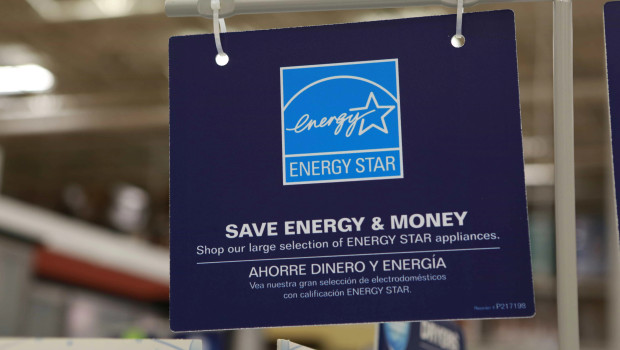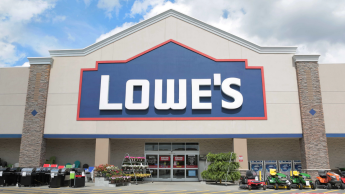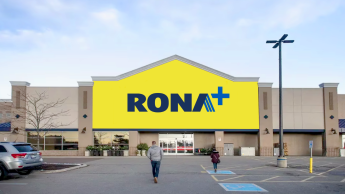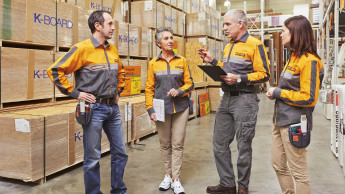Lowe’s is announcing a new goal to reach net-zero emissions across its value chain by 2050. To reach net-zero, Lowe’s will need to eliminate at least 90 per cent of its greenhouse gas emissions and offset whatever remains, effectively driving its emissions footprint to zero, the number two of the US and global DIY retail industry declares. “Lowe’s takes pride in making homes better for all, and part of doing that is reducing our impact on the environment,” said Marvin Ellison, chairman and CEO, in a press release.
This new goal signals a shift from a focus on scope 1 and 2 emissions (i.e. Lowe’s operational emissions) to scope 3 emissions, which include all other indirect emissions in a company’s value chain. For Lowe’s, most scope 3 emissions are tied to the lifecycle of the products the retailer sells. This includes the emissions associated with the manufacture and transportation of the products in our stores to how those products are used in customers’ homes.
To reach net-zero emissions by 2050, Lowe’s has three key objectives:
Increasing operational efficiency and working to reduce emissions within Lowe’s footprint: Lowe’s is making further investments in energy efficiency and renewable energy within the company’s operations, while exploring emerging technologies to reduce emissions associated with its vehicle fleet and facilities.
Continuing to expand sustainable products and services offered to customers: Lowe’s continues to encourage the transition of gas-powered products to battery and electric, while also promoting energy-efficient products, such as those certified by Energy Star.
Partnering with suppliers to help reduce upstream emissions: Lowe’s is working closely with suppliers to increase their operational efficiency and reduce their emissions through the use of renewable energy and low-carbon innovations.

 Menü
Menü

















